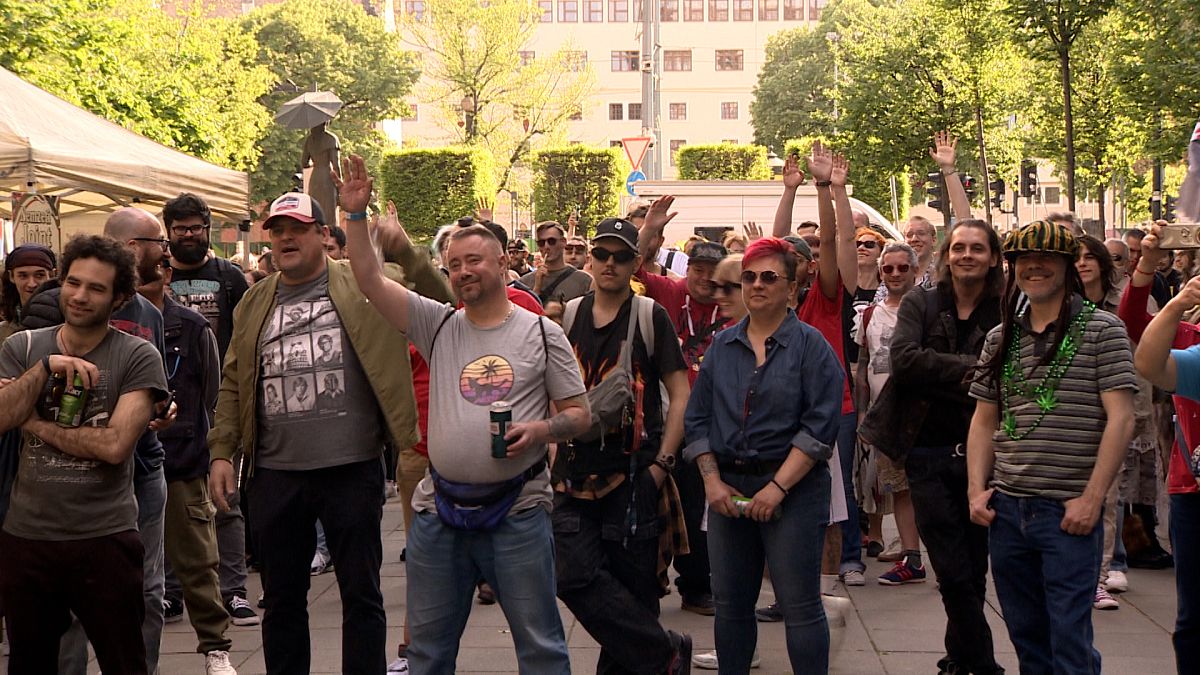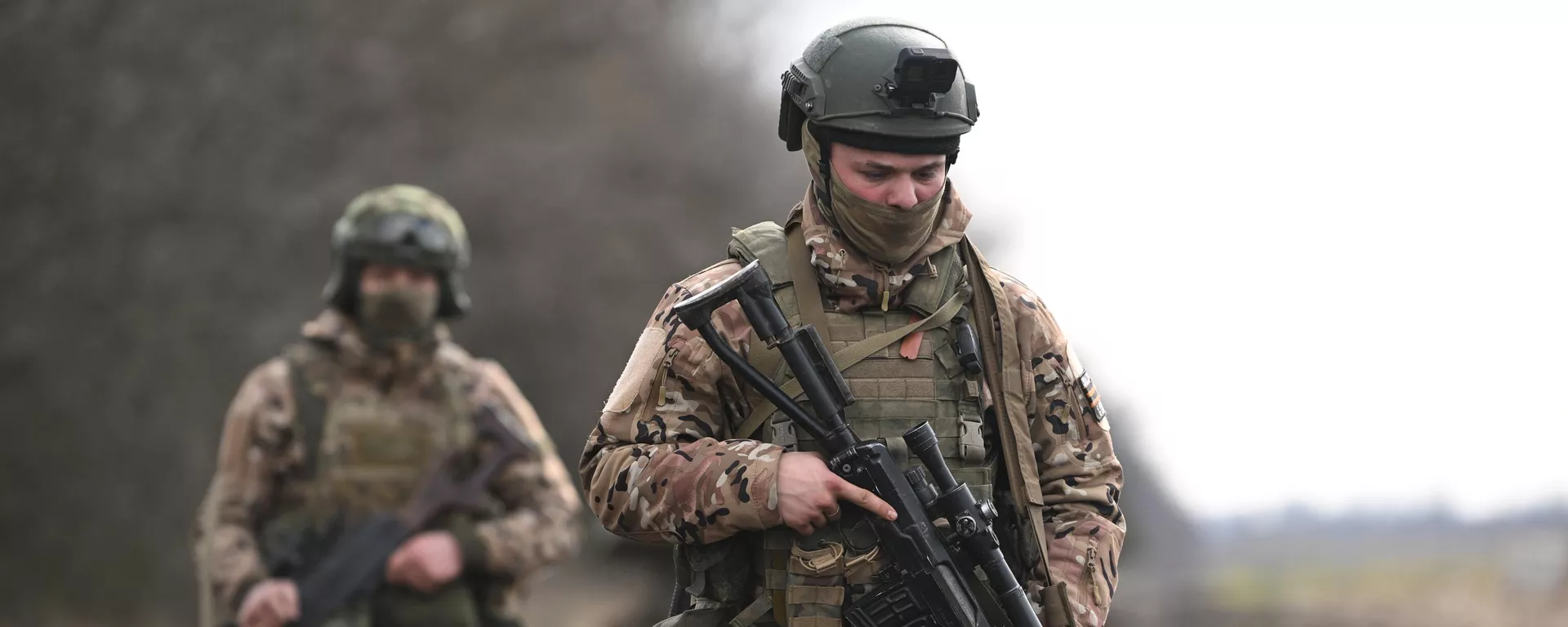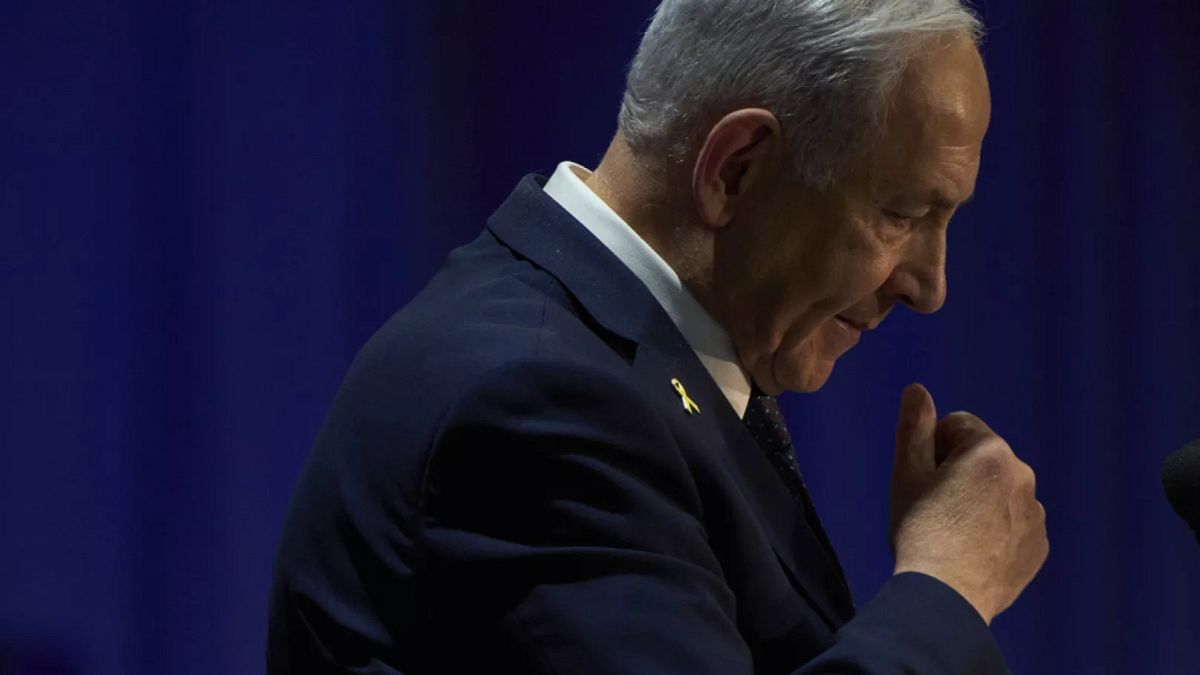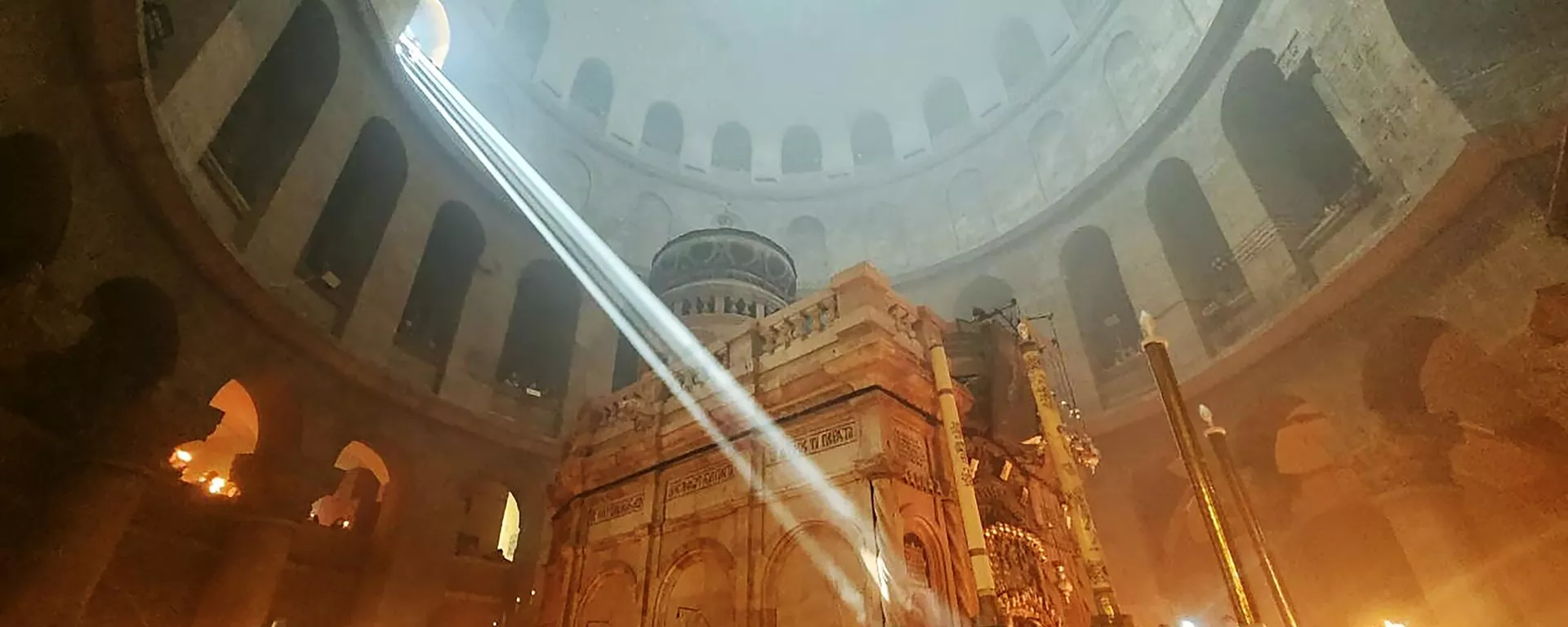The opinions expressed in this article are those of the author and do not represent in any way the editorial position of Euronews.
The world is invited to stand together in Baku and respect the COP Truce as a symbol of shared responsibility, resilience, and hope, Yalchin Rafiyev writes.
This year, the world has convened in Baku for COP29, a historic event that offers a chance to significantly advance the global climate agenda.
Yet COP29 brings more than a platform for discussions and pledges; it introduces an unprecedented call to action known as the “COP Truce”, urging nations to halt military operations during the month of the conference.
This appeal, inspired by the Olympic Truce, represents a powerful initiative from the COP29 Presidency, designed to foster peace, environmental preservation, and the global fight against climate change.
The COP Truce draws its inspiration from the Olympic Truce, which has been revived by the international community since the early 1990s.
Rooted in a United Nations resolution passed in 1993, the Olympic Truce calls on nations to suspend hostilities during the Olympic Games as a symbol of peace and unity. This tradition has been honoured biannually, with the latest resolution reaffirming the Olympic Truce in November 2023.
Recognising the similar need for unity in the climate crisis, the COP29 Presidency has adapted this concept to create the COP Truce initiative, calling for a halt to military operations during the month of the conference.
The COP Truce period is proposed to cover November — the duration of COP29. This period of ceasefire aligns with the goals of the climate action agenda, underscoring the connection between peace and environmental stability, helping to focus on our climate challenges.
What is the rationale behind the COP Truce initiative?
The COP Truce is motivated by two core objectives: reducing environmental impact and promoting unity in the face of climate change.
Global military activities contribute significantly to greenhouse gas emissions, estimated to account for 5.5% of annual global emissions — a figure higher than those of the aviation and shipping sectors combined.
The devastating environmental impacts of conflicts, from the destruction of ecosystems to pollution of soil, water, and air, contribute to the worsening climate crisis and hinder efforts to protect natural resources. War and armed conflicts can render large areas unusable, contaminating ecosystems and leaving behind long-lasting environmental scars.
The COP Truce seeks to mitigate this environmental toll by temporarily reducing conflict-based emissions and allowing critical ecosystems to breathe. This Truce represents a crucial call to recognise the impact of militarised emissions and prioritise environmental health.
Climate change is an existential threat to humanity, affecting every region, every economy, and every person. Unlike traditional political issues that divide, the climate crisis requires a united, non-political response.
Climate talks shouldn't be politicised and must transcend political conflicts, prioritising the health of our planet and future generations. This principle lies at the heart of the COP Truce initiative.
By setting aside political differences, the COP Truce provides an opportunity for nations to come together under the shared goal of safeguarding the planet.
What are the key messages?
Essential messages that embody the goals and significance of the COP Truce, include the fact that the climate crisis threatens lives and livelihoods.
Climate change poses an existential threat to billions, impacting every region and community. The choices made today will shape the future for generations to come, underscoring the urgent need for decisive action to reduce greenhouse gas emissions and protect the world’s natural resources.
Also, conflict and climate crisis worsen each other. Ongoing conflicts and the climate crisis fuel each other in a destructive cycle.
War-torn regions suffer severe environmental degradation, while the disruption of local economies, infrastructure, and services increases vulnerability and inequality, making populations less resilient to climate impacts.
Military activity drives greenhouse gas emissions. Military operations are a significant contributor to global emissions, with an environmental footprint larger than the combined emissions of the aviation and shipping industries. Polluted lands and waters left in the wake of conflict present enduring ecological scars that hinder natural recovery.
Yet, united we stand for a global COP Truce. The COP Truce Initiative embedded within the Joint Solemn Appeal calls on all parties to pause conflicts and put aside political differences during COP29. This is a profound invitation to stand in unity, focusing on our shared goal of safeguarding the Earth for future generations.
The call for a COP Truce goes beyond a temporary cessation of hostilities. It symbolises the role of cooperation and peace as indispensable components of global climate action.
By suspending conflicts during COP29, the international community can focus on addressing the climate crisis with undivided attention. This initiative is also an invitation to every individual, government, and organisation to embrace climate action as a shared mission.
A total of 130 countries have joined the initiative, which is supported by more than a thousand international institutions, private sector representatives, civil society organisations, and influential public figures.
Their support reflects a powerful collective recognition: that achieving climate justice and building peace are fundamentally interconnected goals. The COP Truce is not merely a symbolic gesture; it is a reminder that global crises require shared solutions. When we talk about climate action, we are, by necessity, also talking about the foundations of peace. For the full list of supporters, please see below.
Peace as a pathway to climate resilience
In the face of unprecedented climate challenges, the COP Truce is a beacon of hope. By suspending conflicts for the duration of COP29, the international community can send a powerful message that peace is not only possible but necessary in the journey toward a sustainable future.
Climate change knows no borders, and the need for collective action has never been more pressing. COP29 presents a chance to reaffirm global commitments to peace and climate resilience.
The world is invited to stand together in Baku and respect the COP Truce as a symbol of shared responsibility, resilience and hope.
Through the COP Truce, we can begin building a future where both peace and environmental protection become universal priorities, securing a livable planet for generations to come.
Yalchin Rafiyev is Lead Negotiator for COP29 Azerbaijan.

 5 months ago
42
5 months ago
42






 We deliver critical software at unparalleled value and speed to help your business thrive
We deliver critical software at unparalleled value and speed to help your business thrive






 English (US) ·
English (US) ·